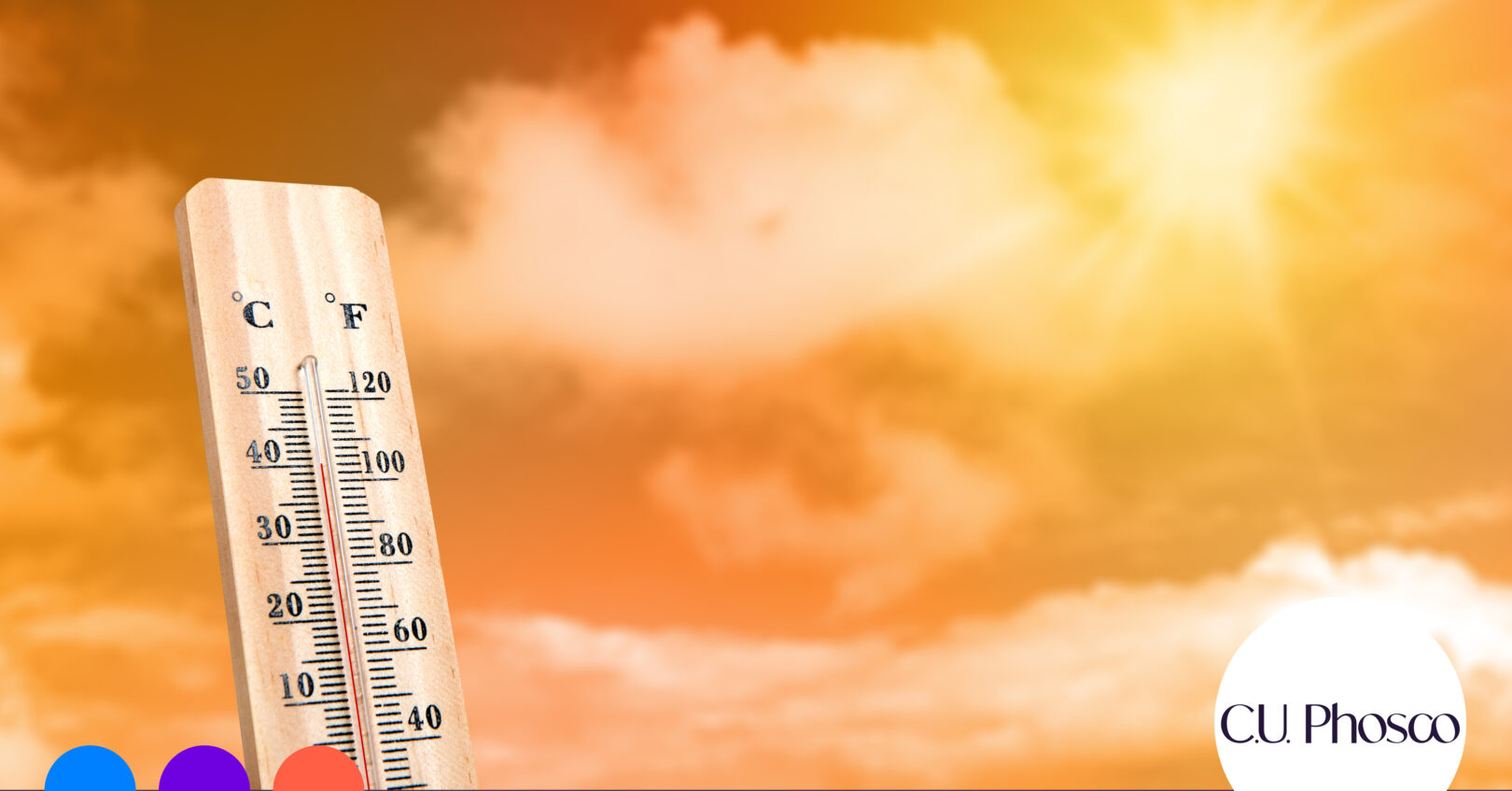THERMAL STRESS ON LIGHTING COMPONENTS
High ambient temperatures can significantly affect the performance of outdoor lighting systems:
- LED Efficiency Drops: LEDs are sensitive to heat. At elevated temperatures, their luminous efficacy can decrease, leading to dimmer output and reduced energy savings.
- Driver and Electronics Degradation: The internal drivers and control electronics in lighting fixtures may overheat, shortening their lifespan or causing premature failure.
- Material Fatigue: Prolonged exposure to extreme heat can cause warping, discoloration, or cracking in plastic lenses, seals, and housing materials.
DESIGN CONSIDERATIONS FOR HIGH-HEAT ENVIRONMENTS
To ensure reliability in scorching conditions, lighting systems must be engineered with heat resilience in mind:
- Thermal Management: Fixtures should include heat sinks, ventilation, and thermal cutoffs to dissipate heat effectively.
- High-Temperature Rated Components: Use of materials and electronics rated up to 40°C+ ambient conditions is essential.
- Smart Controls: Adaptive dimming during peak heat hours can reduce thermal load and extend fixture life.
ENVIRONMENTAL AND OPERATIONAL IMPACTS
Extreme heat doesn’t just affect the lights—it influences how they interact with their surroundings:
- Increased Energy Demand: Cooling systems and lighting together can strain local grids. Efficient lighting helps mitigate this.
- Maintenance Challenges: Technicians working in high heat may face safety risks, and components may require more frequent inspection.
- Light Pollution and Glare: Heat haze can scatter light, increase glare and reduce visibility—especially in urban or desert environments.
BEST PRACTICES FOR RESILIENT LIGHTING
To thrive in high-temperature zones, consider these strategies:
- Choose fixtures with proven performance in desert or tropical climates.
- Opt for neutral to cool colour temperatures (4000K–5000K) for better visibility and reduced glare2.
- Implement smart lighting systems that monitor temperature and adjust output accordingly.
In climates where the sun scorches and the air simmers, exterior lighting must do more than illuminate—it must endure. By investing in heat-resilient designs and smart technologies, cities and businesses can ensure safety, efficiency, and sustainability even under the harshest conditions.
CU PHOSCO: BUILT FOR THE TOUGHEST ENVIRONMENTS
From lighting design to manufacture, our products are thoroughly tested for optimal light output, at the same time, built to withstand the elements, from typhoon winds in the South China Sea to the high temperatures of the Middle Eastern summer.
Our range of exterior lighting products are designed to EN 60598-2-5 and tested to the highest international standards.
Our Floodlight range is UL (Underwriters Laboratories) certification for US and Canadian markets, however it is a globally recognised standard for product safety, confirming that our products meet stringent performance and safety requirements.
The FL range demonstrate their ability to operate effectively and safely in temperature ranges from an impressive -40°C to +40°C, ensuring durability and performance in even the most extreme conditions.
This achievement underscores our dedication to delivering lighting solutions that exceed expectations, providing peace of mind and unparalleled reliability for our customers worldwide.
For more information, visit our full range here.
